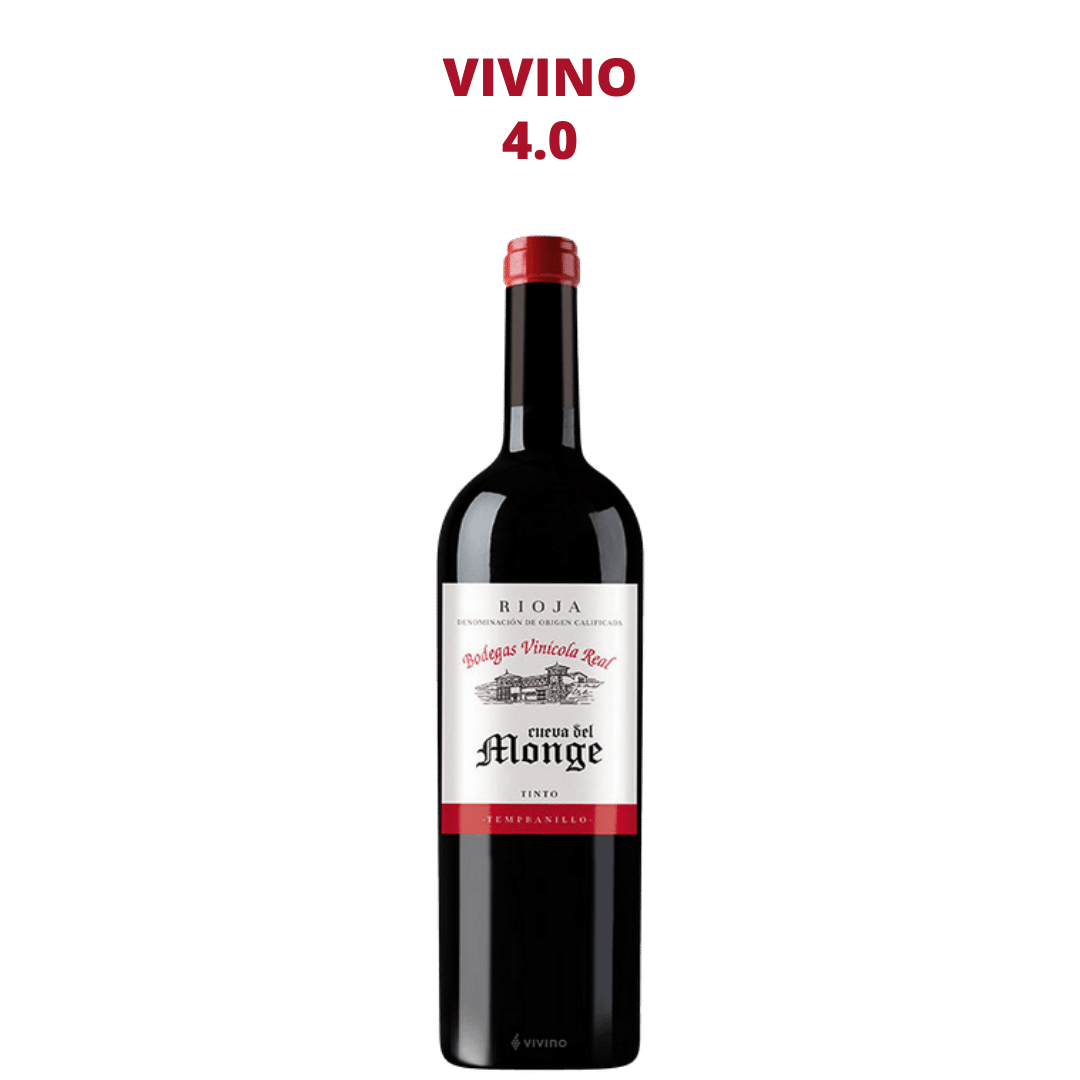Bodegas Vinicola Real was founded in 1989 by Miguel Ángel Rodríguez in Albelda de Iregua, a town with a remarkable history, whose roots go back beyond the medieval era.
Vinícola Real was built near the chapel of Santa Catalina, the only part that remains of the Monastery of San Martín de Albelda founded in the year 924 AD, the Monastery was destroyed due to the detachment of the Salagona rock in 1683.
Vinícola Real was born with the vocation of being a small production winery specializing in high quality wines and "vinos de pago". The idea is to produce "great wines" from a single terroir, with a differentiated method of production and aging, and with a strong personality (the new style of La Rioja).
The name "200 Monges" is a tribute to the disappeared monastery of San Martín de Albeda located in La Rioja and to all those monks who dedicated themselves to safeguarding culture.
The Cueva del Monge brand pays homage to the thousand-year-old habitat built in the Albelda rocks by the 200 monks and which today represent the set of caves of the rock scriptorium.
The Red Wine "Cueva del Monge" is made with 100% Tempranillo grapes from the D.O. La Rioja comes from a small separate batch of the same grapes that are used to make the "Reserva 200 Monges" wine, only this wine does not require time in the barrel or a long aging in the bottle, as a result an expressive wine emerges with a modern and different style that can be enjoyed quickly.
The grapes are collected in an optimal state of health and ripeness in small boxes of 15 kg, in the winery a strict manual selection of bunches is made, which are destemmed and squeezed without pressure, giving rise to the fermentation vats where they will remain for 12 days at a temperature of 28ºC.
Malolactic fermentation takes place in barrels and is then aged for 14 months in American and French oak barrels. Finally, the wines remain in bottle racks for 12 months.
The Cueva del Monge brand pays homage to the thousand-year-old habitat built in the Albelda rocks by the 200 monks and which today represent the set of caves of the rock scriptorium.



